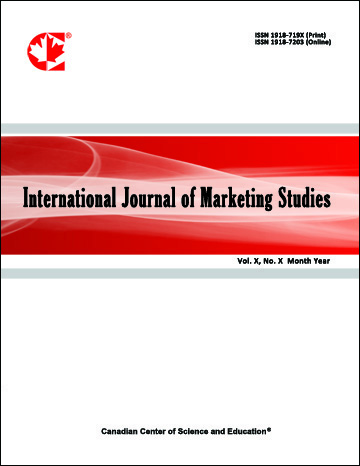Proposed Marketing Strategy to Increase Pertamax Series Sales in Indonesia: An Integrated Rise Model
- Bagus Septiardy
Abstract
PT Pertamina Patra Niaga (PPN) has experienced a downturn in the market share of its Pertamax Series—Indonesia’s flagship non-subsidised gasoline—from 26.9% in 2017 to 21.9% in 2022, even though national demand for higher-octane fuels climbed from 15.8 to 19.2 percent during the same period. This study designs a customer-driven marketing strategy to regain that share by embedding the RISE Model service-improvement cycle including SERVQUAL, Importance–Performance Analysis (IPA), TRIZ and the 7P marketing-mix framework into a single, mixed-methods research design.
SERVQUAL indicated that all 51 service attributes registered negative GAP 5 scores, signalling latent dissatisfaction. IPA grand means of 4.27 (importance) and 3.40 (performance) positioned 11 attributes in Quadrant I (“Concentrate Here”), 20 attributes in Quadrant II (“Keep Up the Good Work”), 14 attributes in Quadrant III (“Low Priority”), and 6 attributes in Quadrant IV (“Possible Overkill”). Each shortfall was reframed as a contradiction in the 12 × 12 Service-TRIZ matrix. Principles such as Segmentation, Dynamicity, and Prior Counteraction generated low-cost, high-leverage ideas including QR-code pre-payment and dispenser lane exclusively for non-subsidised fuels.
Combining TRIZ solutions produced the “Pertamina Signature” concept: the energy station that bundles premium fuels, seamless digital payment, revitalised hygiene standards, and lifestyle-oriented physical evidence. A coherent 7P model aligns (1) product innovation—roll-out of bioethanol Pertamax Green 95 pilots—with (2) value for money pricing via digital payment; (3) place optimisation using geospatial traffic heat-maps; (4) geo-fenced app promotions; (5) upskilled frontline personnel; (6) smart-queue processes; and (7) refreshed visual identity.
- Full Text:
 PDF
PDF
- DOI:10.5539/ijms.v17n2p51
Journal Metrics
Google-based Impact Factor (2021): 1.34
h-index (July 2022): 70
i10-index (July 2022): 373
Index
- Academic Journals Database
- CNKI Scholar
- EconBiz
- Electronic Journals Library
- Excellence in Research for Australia (ERA)
- GETIT@YALE (Yale University Library)
- Harvard Library
- IBZ Online
- Infotrieve
- JournalTOCs
- LOCKSS
- MIAR
- PKP Open Archives Harvester
- RePEc
- ResearchGate
- ROAD
- Scilit
- SHERPA/RoMEO
- Stanford Libraries
- UCR Library
Contact
- Alyssa SunEditorial Assistant
- ijms@ccsenet.org
